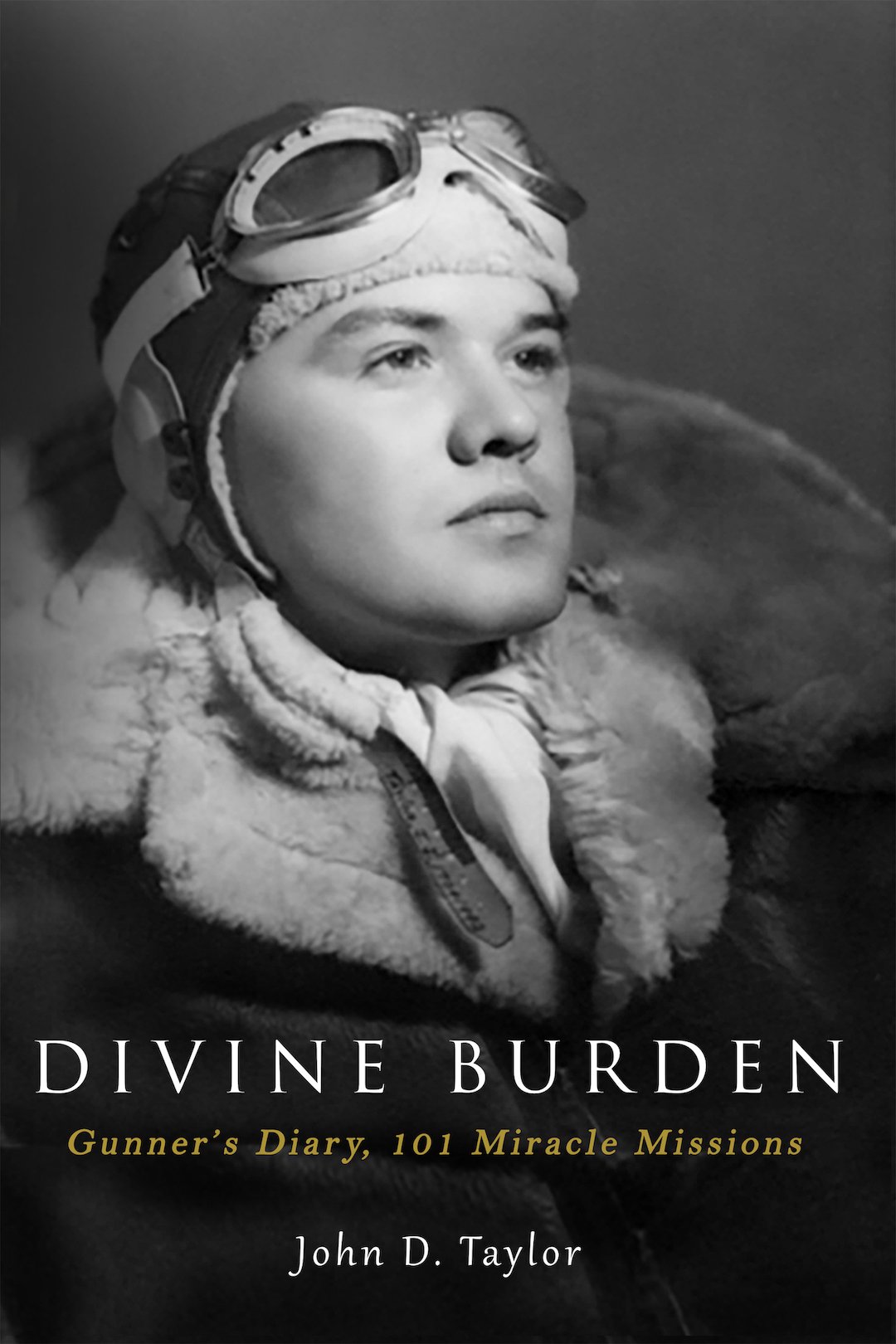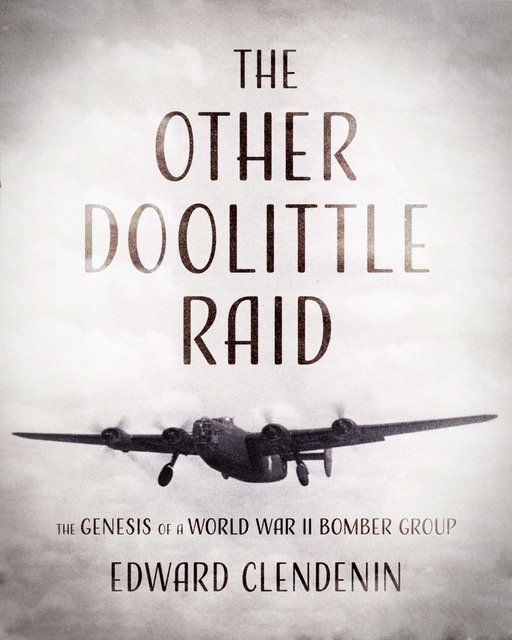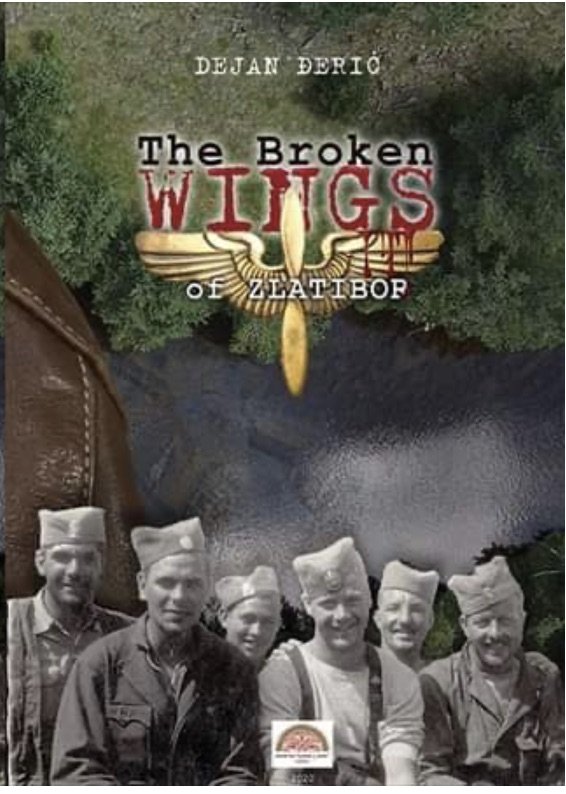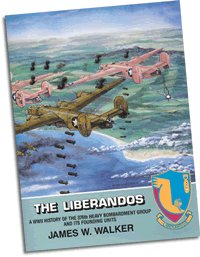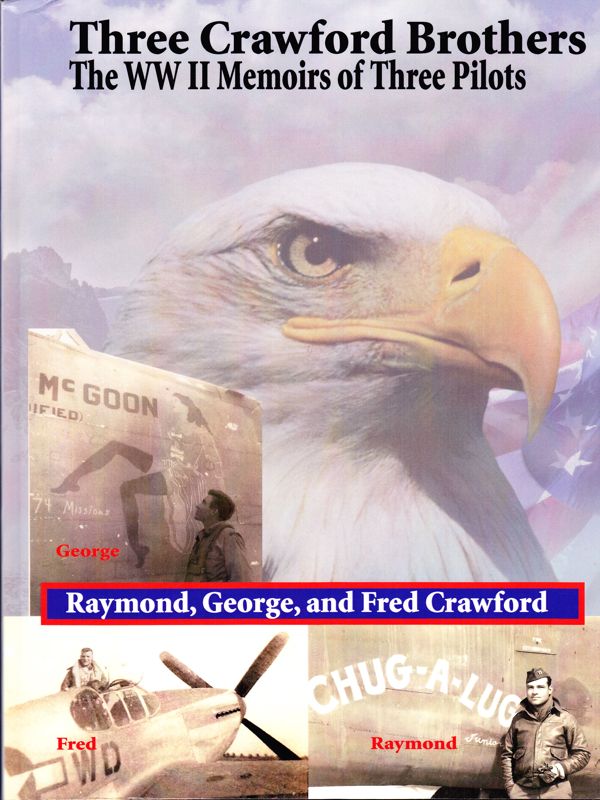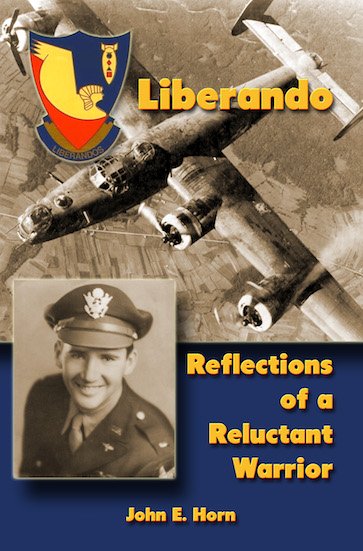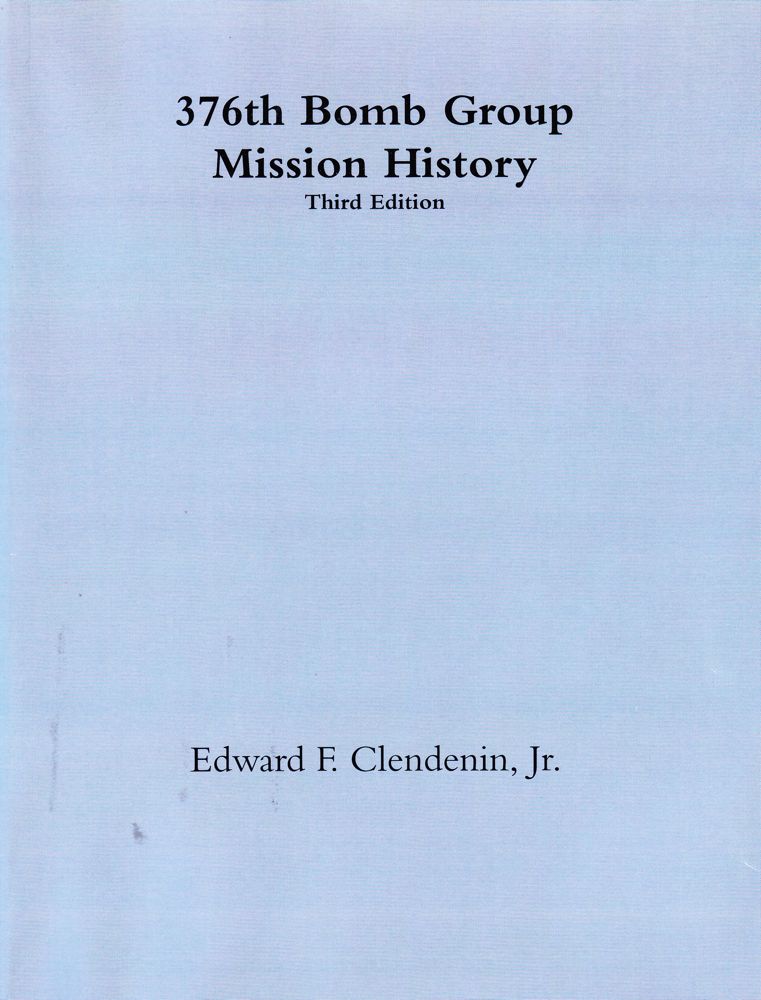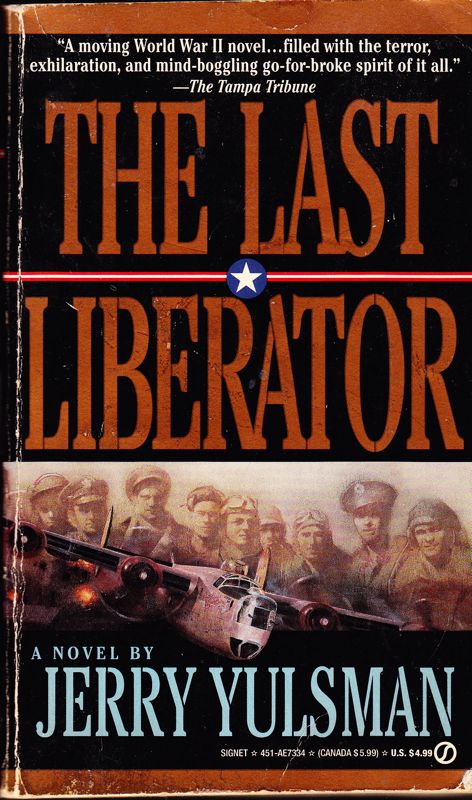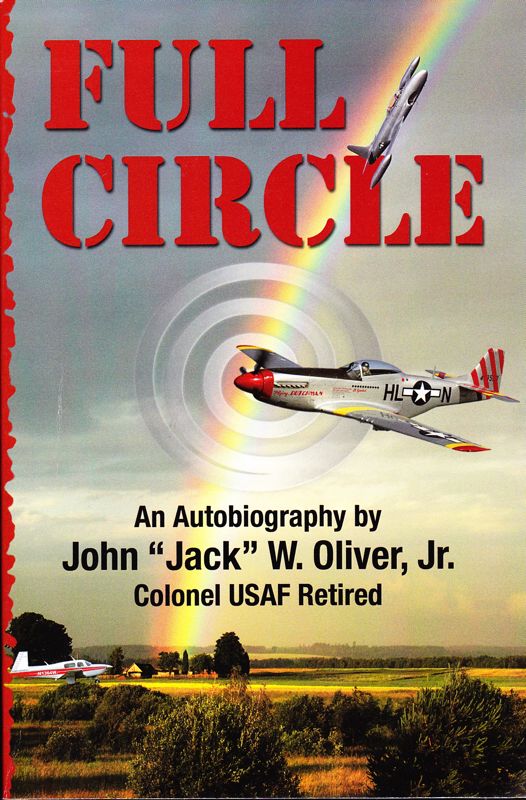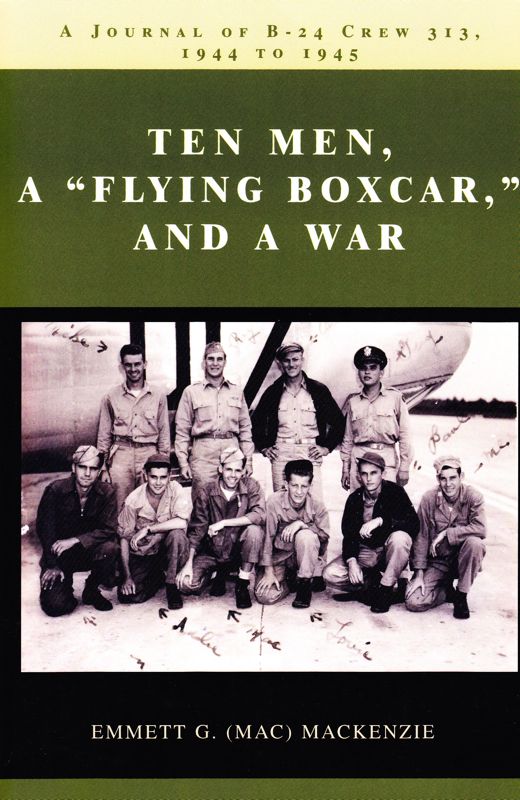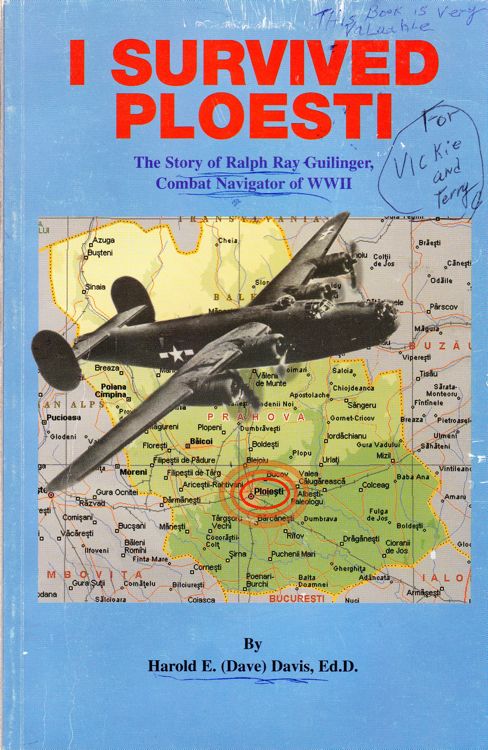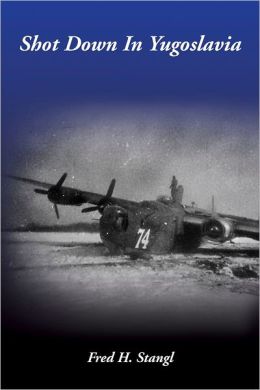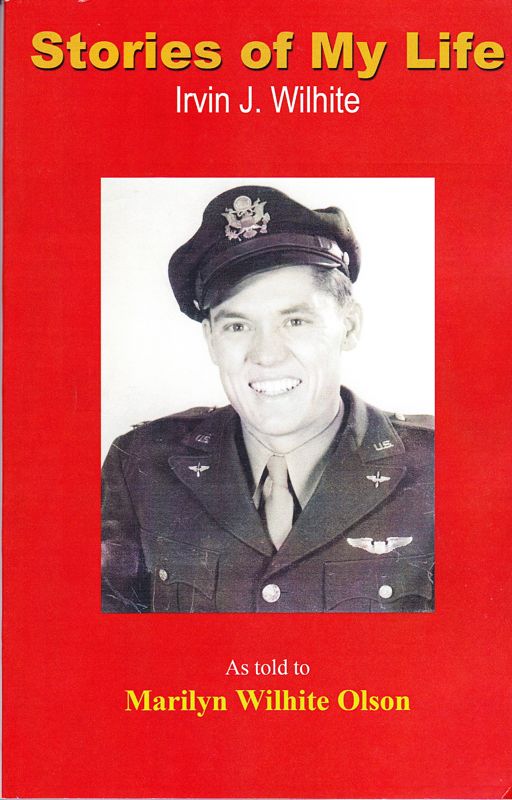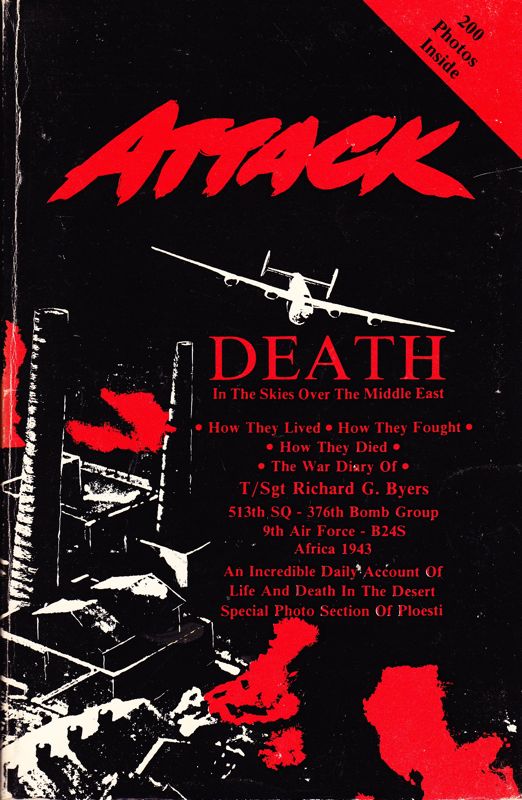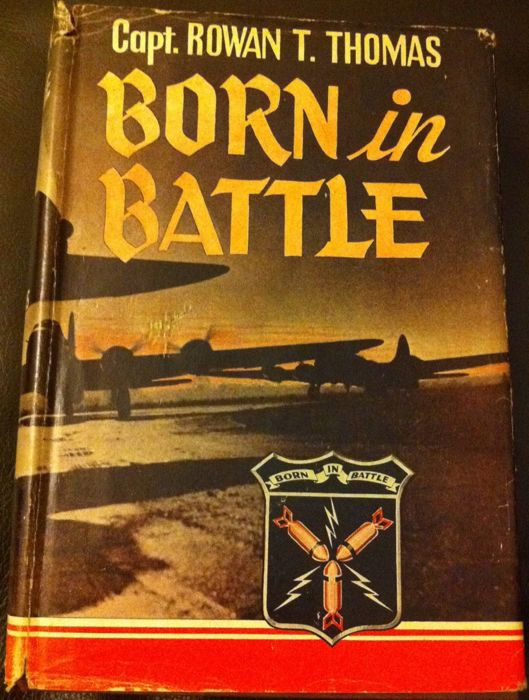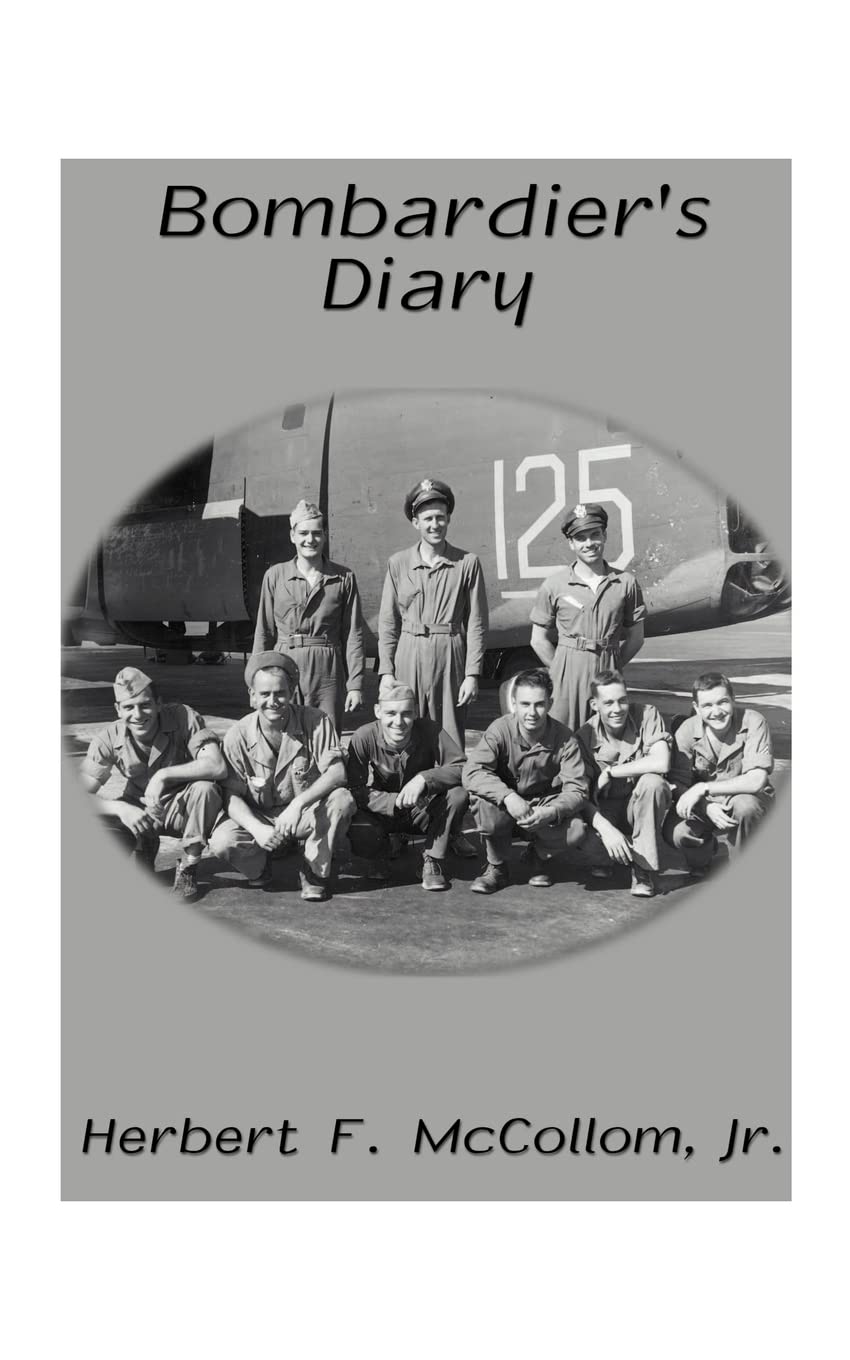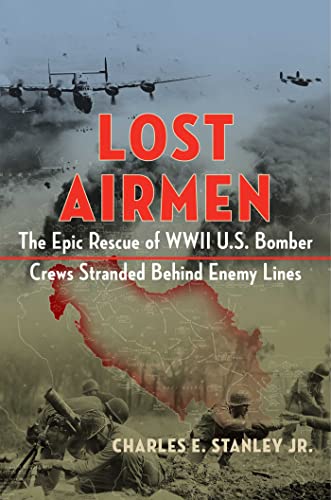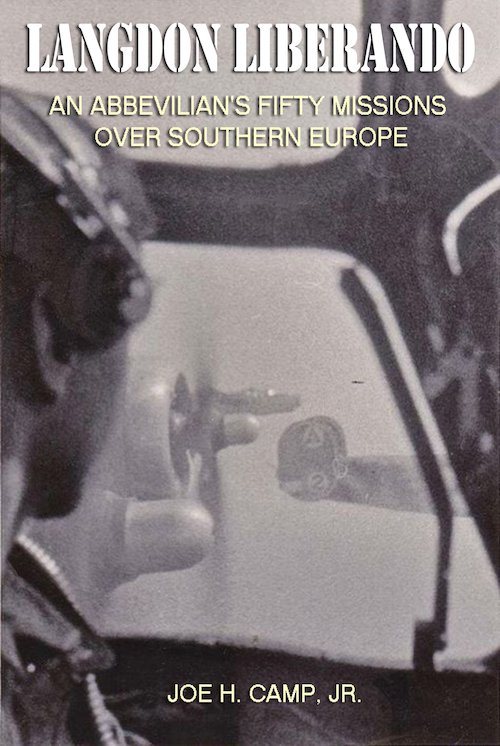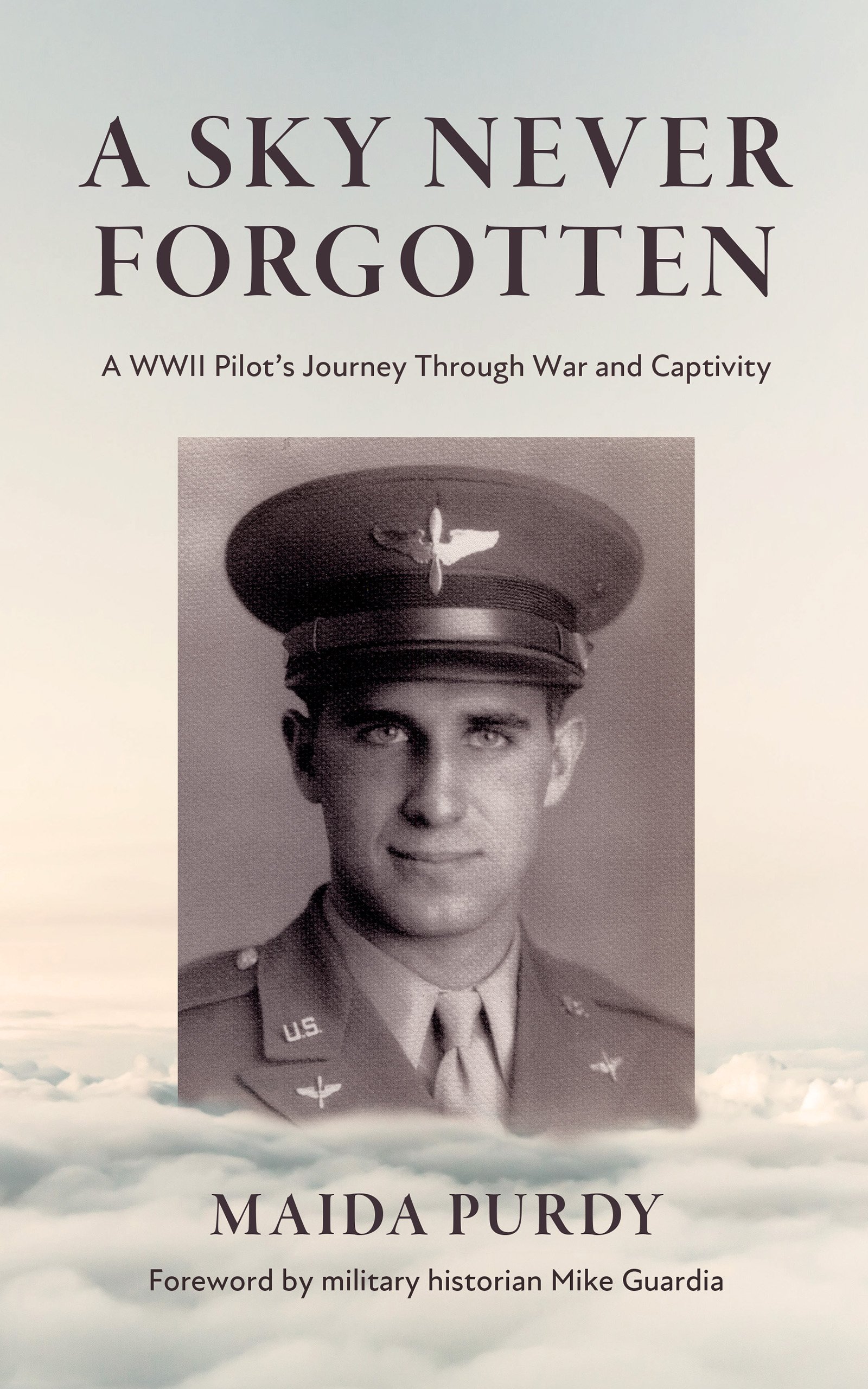William R. Davis
by William M. Davis
(Richmond, Va)
Part 1E
We were not going to make it – the engines were tired. My heart jumped into my mouth again as I noticed the oil pressure gauge on No. 2 engine. It was fluctuating. I saw Bishop and Van were really worried this time. The gauge got worse and started dropping off. The other instruments for that engine were working okay, and I wondered if it was just the gauge going bad. I asked Bishop about it, he said he was afraid we would lose the engine. My heart was beating like mad as I came to the startling revelation that we were going to have to get rid of the plane. So I set about the task of getting ready to ditch. I was only hoping that if we lost the NO. 2 engine, Bishop could get us to the beach on the two remaining engines by gliding in – a hard thing to do in a B-24 with two engines out on one side. We began losing altitude fast. No. 2 engine cut out Bishop feathered it. I hoped the water was warm!
The final stage of the ditching started. Bishop was in absolute command of the ship and crew at all times. He had given orders to prepare for ditching in ample time, made his decision and stuck to it. He told the crew which ones were to go to the waist, which were to stay on the flight deck, the places they should take. How to brace for the shock, and the order in which they were to abandon the plane after it had come to a rest in the water. He gave the co-pilot his instructions in contacting the air-sea rescue aid, and also what to do in assisting him to make a safe landing. They worked to perfection. Gill gave Bishop the surface wind direction and a heading to take for the best up wind landing. The pilots were still very calm, cool and collected. At this time we were at 7500 ft.; two engines on the left side were dead, one wind milling, one feathered. Just then a gremlin got in to No. 4 engine, it suddenly seemed to burst with energy and literally ran away! One engine left – he cut this as it would help nothing then unfeathered the No. 2 engine, let them all windmill, and cut the switches on the four engines, he then set about the task of making a dead stick landing from a steep glide, but all the time keeping enough airspeed to have complete control of the plane. He seemed to be master of the crippled plane. We neared the water; all of us braced for the anticipated shock. Bishop had to make the best landing of his life or we would all trapped or torn to pieces in the plane. What odd things pass through my mind those last few seconds. We were almost down. I saw the pilot and co-pilot take their feet off the rudders and brace them against the dashboard, so as not to be pinned in by the rudder pedals. He was going to land with only ailerons and elevators; the wheels were up, the flaps down fully, and we had no drift or crabbing of the plane as we headed directly into the wind. Here it comes, I told myself!
We hit with a loud crash.
That was the bomb bay doors ripping off. I felt hardly no shock; a swell landing; we had slid in perfectly on our rear two bomb bay doors; the rear bulkhead had absorbed all the shock. We came to a sudden but smooth stop. Our airspeed at landing was around 90 or 100 miles per hour. None of us were pitched around on the flight deck, but the fellows in the waist got tossed around a bit, and scratched slightly. The pilot and co-pilot said later that they didn’t feel any lurch against their safety belts, it was a good landing. As soon as the plane stopped the water rushed in from the bomb bays and nose and went over our heads. The flight deck and pilots compartment were filled with water; I thought for a moment the end had come; seemed as if we were 100 feet under water. The next thing I saw was the navigator, who was the first to go out, scrambling through the top hatch. Time was precious. I was holding my breath, floating about half way into the pilot’s compartment, under water, with one hand holding on to the edge of the top hatch. As soon as I saw the navigator was out, I pulled myself up and scrambled out into the lovely fresh air. I stood on the wing, pulled my release and inflated my Mae West life preserver. Then in an effort to get out of the way of the engineer who was coming out fast, I pulled the prize boner of all time; I slipped off the wing fell into the water, and for the life of me I couldn’t get back onto the wing and help. So I just floated around in the water, watching what was going on and trying to tell the crew that had gotten out what to do. I guess they were griped at me, but what the hell, the water was warm.
END PART 1E
The website 376bg.org is NOT our site nor is it our endowment fund.
At the 2017 reunion, the board approved the donation of our archives to the Briscoe Center for American History, located on the University of Texas - Austin campus.
Also, the board approved a $5,000 donation to add to Ed Clendenin's $20,000 donation in the memory of his father. Together, these funds begin an endowment for the preservation of the 376 archives.
Donate directly to the 376 Endowment
To read about other endowment donation options, click here.
Reunion
NOTE change in the schedule !!
DATES: Sep 25-28, 2025
CITY:Rapid City, SD
HOTEL: Best Western Ramkota Conference Hotel; 2111 North LaCrosse St., Rapid City, SD 57702; 605-343-8500
Click here to read about the reunion details.
